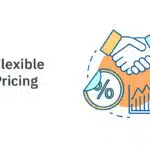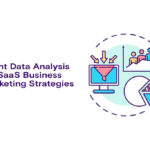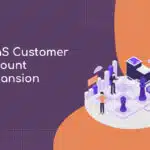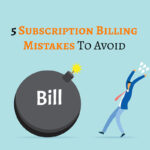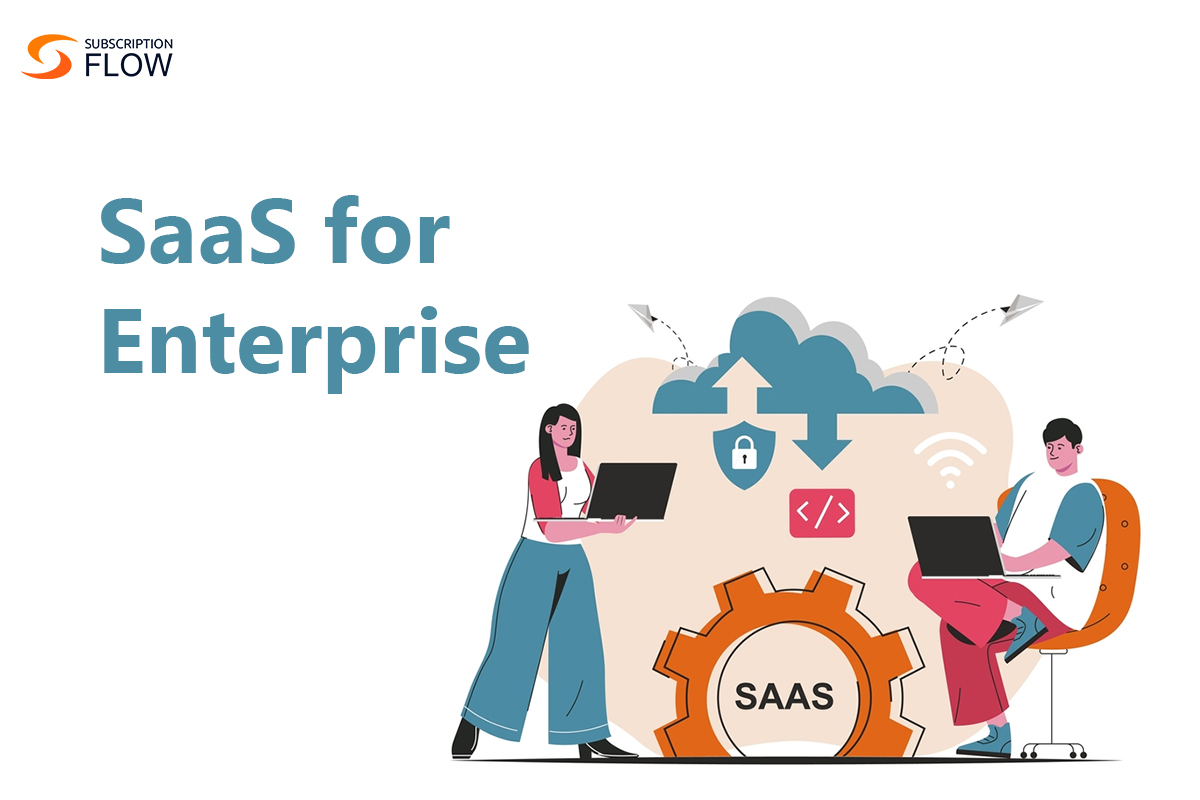
Empower Your Enterprise for SaaS Solutions
At this point it seems redundant to even talk about how fast-paced is the world of SaaS because the world of SaaS has been growing at so fast a pace that it has started bleeding into the world outside of the tech industry as well. Today, pretty much any end consumer who has access to the Internet is using a SaaS product in some capacity or the other.
This places immense pressure on the SaaS businesses who provide these services because while their revenues are definitely going up with this unchecked growth, so is the responsibility on their shoulders of having to cater to not millions but billions of end consumers worldwide.
In this blog, keeping this context of the sheer scale of the SaaS market in mind, we will be looking to firstly define SaaS for enterprise, assess the performance metrics that make a good SaaS software, before finally offering a brief list of SaaS software that you could utilize to help supercharge your business.
What is SaaS for Enterprise?
Software as a Service for Enterprise, often known as SaaS Software for enterprise, is a cloud-based software delivery strategy created specifically for companies. Enterprises subscribe to SaaS applications hosted and managed by third-party providers rather than acquiring and maintaining software on their own infrastructure.
With this subscription-based strategy, businesses may access, utilize, and update software online while also benefiting from cost-efficiency, scalability, and accessibility. Automatic updates, data security, and multi-tenancy are important aspects, and apps that cover different business processes like CRM, ERP, HRM, and others are available. Enterprise SaaS uses strong software tools to leverage IT processes, increase flexibility, and allow organizations to concentrate on core activities.
Read more: How to Integrate SaaS Applications Without Breaking the Bank
5 Performance Metrics That Make a Good SaaS for Enterprise Software: A List
For assessing the efficiency and success of SaaS for corporate applications, metrics of performance are crucial. Businesses may use these metrics to evaluate the performance of the program, user happiness, and its effects on daily operations. Therefore, a good SaaS for enterprise software should have the following key performance indicators at all costs:
1. Value Over Time (VOT)
Value Over Time (of the client) is the anticipated sum of money that will be made from a client over the course of a business relationship. It can assist businesses in projecting future profits and estimating the cost of client acquisition. VOT is a foresight statistic that aids organizations in forecasting future revenues, assessing the success of their marketing and customer retention initiatives, and figuring out how much they are prepared to spend on acquiring new clients.
2. Rate of Churn
The percentage of consumers that discontinue their recurring revenue subscriptions is known as churn. This KPI’s breakdown into gross and net churn might offer various viewpoints on the direction of growth. Since it has an immediate influence on earnings and expansion, it is a crucial indicator for subscription firms. Businesses frequently distinguish between gross churn and net churn to better understand churn and its effects.
3. Rate of Retention
How many clients sign up for and remain using a SaaS platform is known as the retention rate. The revenue is more predictable the greater the retention rate. Small gains in retention indicate satisfied consumers and may present chances for upselling. It calculates the proportion of consumers that use a service consistently over a predetermined time period to assess a company’s capacity for customer retention. A high retention rate is a good thing since it makes income more consistent and predictable.
4. Analysis of Feature Usage
Software and SaaS organizations can benefit from the practice of feature use analysis to better understand how users engage with their products. Companies may improve software design, improve user experience, and prioritize feature development efforts by carefully assessing which features are commonly used and which are less frequently used.
5. User Adoption
A crucial statistic for assessing the performance and efficacy of software is user adoption, particularly in the context of SaaS applications. It gauges how much software adoption and usage there is among users in terms of day-to-day operations. Higher user adoption rates show that the program is proving valuable to users and resonating with them.
Key Examples of SaaS Software for Enterprise
There are instances of remarkable success in the B2B and B2C arenas, in AI and video hosting, in e-commerce, in data analytics, and more. The range of successful SaaS firms is astounding. The following are a few examples of SaaS firms for enterprise worth looking into:
1. SubscriptionFlow
SubscriptionFlow is an increasingly popular subscription-management software that allows its users complete control over the aforementioned 5 performance metrics. The reason, however, behind its popularity is not just limited to the abundance of features that it offers but the relatively cheaper rate at which it offers and its helpful sales team that makes the process of onboarding smooth for its first-time users.
This is a software that is especially suited for SMEs and other enterprises not wishing to spend too much on their subscription management needs.
2. Wistia
Wistia is a startup that offers businesses video hosting services, including uploads, performance monitoring, audience development, and brand awareness. The business was established in 2006 and in that same year Wistia also signed a contract with a manufacturer of medical equipment.
The future looks good for Wistia in 2019. Nearly half a million businesses rely on Wistia to host their videos, offering them more original and genuine communications, despite the fact that it required relatively minimal investment in its early years. If yours is a business that is heavily dependent on the audiovisual aspects of marketing and simply hosting this heavy data, then Wistia might be the right fit for you.
3. Clearbit
With the goal of supplying insights across the customer life cycle to help organizations flourish, Clearbit develops solutions and carefully selects data APIs. Few sectors place as much importance on clear communication between client and customer as SaaS, and Clearbit’s commitment to assisting those who use it “understand [their] customers” has made it a crucial asset to those they deal with.
Read more: Navigating the Maze: Unraveling Enterprise SaaS Pricing Models
The bottom line
Businesses today service billions of people in the rapidly expanding SaaS industry. This blog explains SaaS for businesses and examines crucial success indicators including Value Over Time, Churn, Retention Rate, Feature Usage, and User Adoption. Additionally, it features many SaaS instances, like Shopify and Clearbit. The SaaS market is still developing, offering innovation and change in corporate practices and customer support. In today’s tech-driven environment, staying educated about SaaS is essential for competitiveness.
This is where SubscriptionFlow swoops in. It is a robust subscription-management software for enterprises that will assist you in not only managing your subscriptions but in also improving your offerings to make the best of your potential customers. An integration of SubscriptionFlow with any of these SaaS for enterprise software to supercharge the management of your subscription-based business.
Book a demo with SubscriptionFlow now and create a SaaS for enterprise software workflow that takes your business to booming heights!






